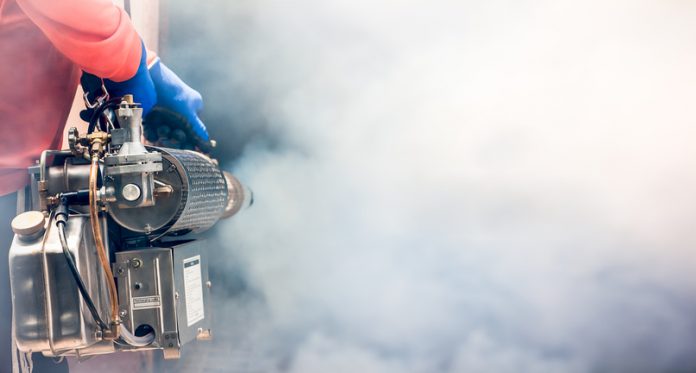
In the hospitality industry, pest sightings are a detrimental hit to businesses’ reputations and bottom lines. Knowing how to proactively avoid pests is critical to ensuring a hotel stays in good standing with vacationing families, business travelers, and everyone in between. Implementing proactive strategies against the hospitality industry’s top offending pests can help hotels avoid a pest problem becoming a business problem.
Bed Bugs
Bed bug infestations have no relation to the cleanliness of a property. While hotel managers and pest control experts know this, guests probably do not, making it more important to be proactive in preventing an introduction from becoming an infestation. Aggressive monitoring for bed bugs is the best way to be proactive but requires vigilant employees knowing where to look and what to look for. Housekeeping staff could briefly inspect each room for bed bugs during the turnover process.
Bed bugs are small—about the size of a lentil—and are black or dark brown in color. They may be difficult to spot during the daytime, so housekeeping staff should inspect along baseboards, mattress seams, and in the creases of furniture like chairs, couches, and rollaway cots. If bed bug inspections are complete after each guest leaves, bed bugs are more likely to be caught before they can establish themselves in secluded areas of the room or move to other guestrooms or amenity spaces.
Rodents
Rodents are attracted to food and piles of debris, especially cardboard; they are particularly tricky because they can squeeze into smaller openings than expected because of their body construction. Rodents can wriggle their way to food and nesting areas. Employee areas, common guest areas, and vacant guestrooms should not have food crumbs, leftover boxes, tissue paper, shopping bags, or other trash for longer than a day or two. Rodents are more active at night, so employees should monitor for rodent activity—including rustling sounds around nesting materials such as paper and cardboard, rodent droppings, or holes chewed through food packaging or even walls—especially at nighttime.
Cockroaches
Cockroaches need food, moisture, and a temperature-friendly environment that can provide protective shelter. Cracks and crevices in dark areas, food crumbs or spills, and equipment or rooms that generate heat are all attractive to cockroaches. Also, cockroaches are often found in damp areas, like water leaks, inside floor drains, in food preparation areas, and even inside damp coffee makers; hotel employees should regularly check these areas for cockroaches.
Signs of a cockroach problem can be visible droppings—usually the size of coffee grounds or black sesame seeds—dark kidney bean-shaped egg cases in undisturbed basement or kitchen areas, and the pests themselves scurrying away. Some species of cockroaches can even emit unpleasant odors, like a strong oily or musty smell common in extensive infestations. The best ways to proactively prevent cockroach infestations are to ensure cracks and holes in interior walls and wall coverings are sealed as soon as they are noticed, clean up trash and clutter regularly, and make sure food crumbs and waste are not left out.
While some pests are difficult to avoid, infestations can often be prevented with thorough cleaning and monitoring practices. For hotels, pest sightings can be detrimental to businesses’ reputations, so proactively working against them in tandem with a professional pest management program is the best way to ensure a hotel stays pest-free and to avoid pest-related negative reviews.











